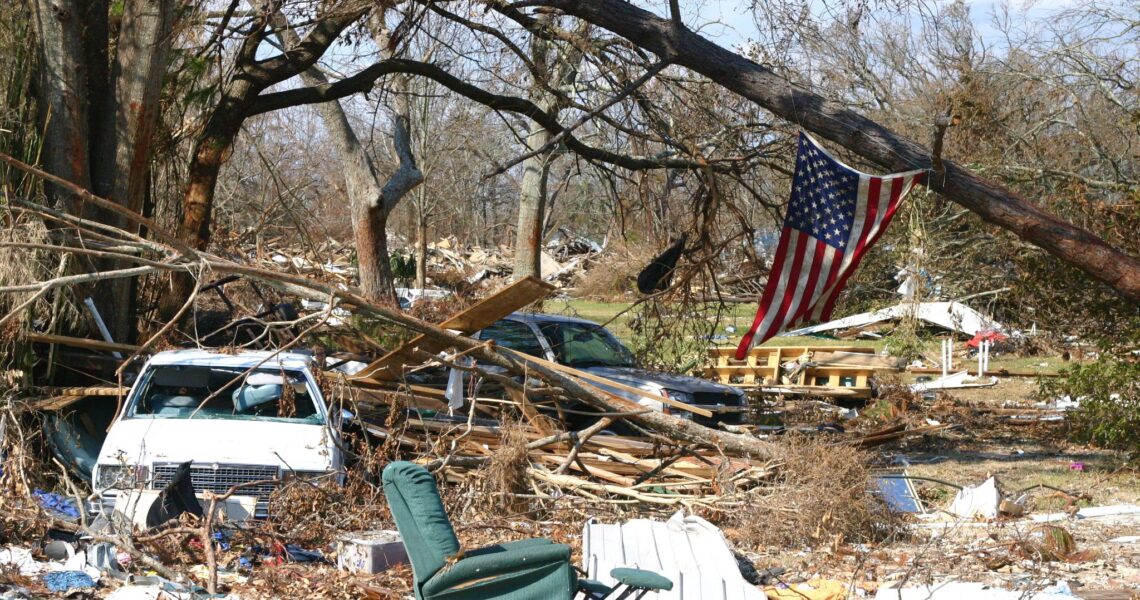The Biggest Hurricane in American History: Its Category and Impact – Hollywood Life
As intense Hurricane Milton—now a Category 4—charges across the Gulf Coast, millions have been ordered to evacuate. Less than two weeks after Helene impacted the southern United States, Milton, which has fluctuated between Categories 4 and 5, is expected to make landfall as “a dangerous major hurricane,” according to the National Hurricane Center in Miami.
Here’s a look at past storms that have devastated parts of the U.S., including the largest and deadliest.
What Was the Largest Hurricane Ever in U.S. History?
Hurricane Katrina, which struck in 2005 as a Category 3 storm, is often cited as the hurricane that caused the most widespread damage in U.S. history. The storm affected multiple states, particularly Louisiana, Mississippi, and Alabama, leading to catastrophic flooding in New Orleans. The total estimated damage was around $125 billion in 2024 dollars., making it one of the costliest natural disasters in the country.
What Was the Deadliest Hurricane in U.S. History?
The 1900 Galveston hurricane in Texas is the deadliest natural disaster in U.S. history, according to NOAA and other authorities. The storm claimed at least 8,000 lives, destroyed thousands of buildings, and caused hundreds of millions of dollars in damage by today’s standards. The “Great Galveston Hurricane” occurred before the establishment of the Saffir-Simpson Hurricane Scale, but it is estimated to have been a Category 4 storm.
Other particularly deadly hurricanes in recent history include Hurricane Maria, which resulted in over 3,000 deaths in 2017, and Hurricane Katrina, which caused more than 1,300 fatalities in 2005.
What Causes a Hurricane to Form?
Hurricanes often begin as tropical waves that interact with warm ocean waters, according to the National Oceanic and Atmospheric Administration (NOAA). These storms may also be fueled by thunderstorms. As warm ocean air rises, it creates a low-pressure area beneath it, leading to rising and cooling air that forms clouds and thunderstorms.
Hurricanes typically develop during hurricane season, which in the Atlantic basin runs from June 1 to November 30 each year.
Timelapse flying by Hurricane Milton about 2 hours ago.
1/6400 sec exposure, 14mm, ISO 500, 0.5 sec interval, 30fps pic.twitter.com/p5wBlC95mx
— Matthew Dominick (@dominickmatthew) October 8, 2024
How Are Hurricanes Categorized?
The Saffir-Simpson Hurricane Wind Scale rates hurricanes from one to five. Category 1 hurricanes have wind speeds ranging from 74 to 95 mph and can produce very dangerous winds capable of damaging even sturdy houses. As the categories increase, so do the storm’s strength and potential impact.
The difference between a cat 1, 2, 3, 4 and 5 hurricane
pic.twitter.com/MlCPMDL4nY— Science girl (@gunsnrosesgirl3) October 8, 2024
The scale was developed in 1971 by engineer Herbert Saffir and meteorologist Robert Simpson, who was the director of the U.S. National Hurricane Center at the time.

